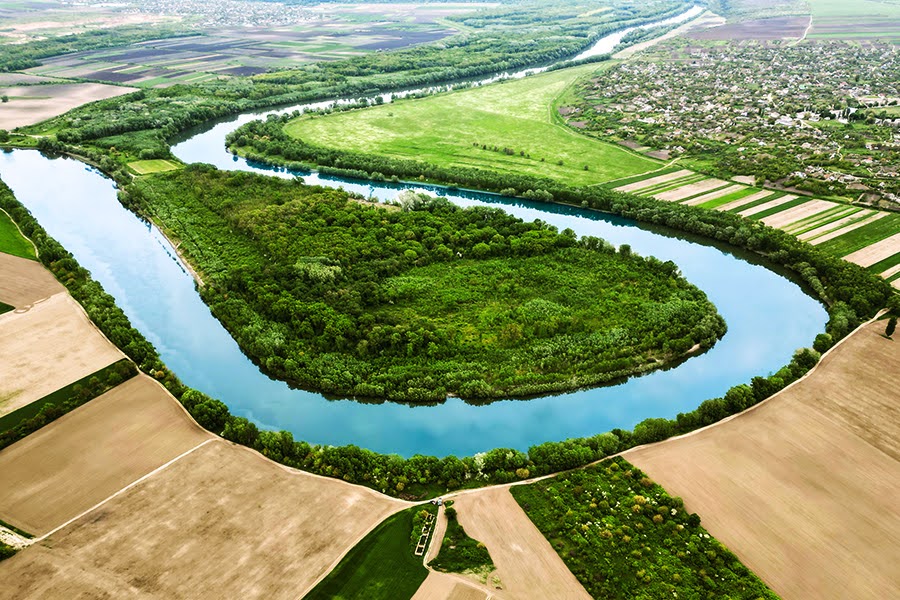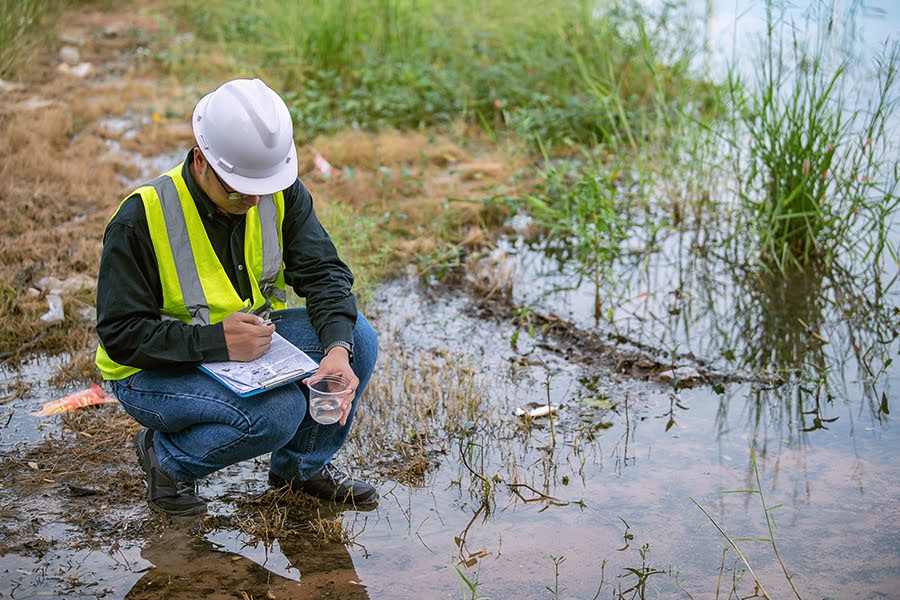Water is the lifeblood of communities and of nature. Yet balancing usage across landscapes proves complex. At Cypress, we’ve seen how uncoordinated decisions can damage water quality over time. What if we shift our focus to a broader perspective, like watershed management? But what is watershed management, and how does it work?
Whether you prioritize development or conservation, understanding this approach is key to securing the future of water resources.
In this article, we embark on a journey through the intricacies of watershed management to unearth proactive solutions. Our goal at Cypress is to empower readers with insights into long-term thinking that aligns with human and environmental needs.
Join us as we explore the potential of watershed management, where farsighted vision transforms fragmented efforts into coordinated actions. The future of water security requires seeing both the forest and the trees. Only with coordinated efforts and a holistic view can we achieve results.

What Is Watershed Management?
Watershed management refers to the systematic planning, conservation, and sustainable use of land and water resources within a specific watershed. It involves coordinating efforts to address environmental, social, and economic concerns to ensure the health and resilience of the entire watershed ecosystem.
Key aspects include implementing conservation practices, land use planning, and collaborative strategies to safeguard water quality, manage floods, and support overall ecosystem health.
Watershed boundaries
The watershed represents the entire region draining into a shared waterbody. Picture it as a giant funnel collecting and channeling water. Watersheds come in various sizes, from small local ones to massive ones spanning continents.
Watersheds are demarcated by geographical features. These natural boundaries are usually defined by ridges, hills, or mountains that separate one watershed from another. Rainfall on one side of a ridge will flow into one watershed, while rain on the other side of the ridge will flow into a different watershed.
The Importance of Watershed Management
Now that we’ve grasped the concept of watersheds and their management, it’s time to delve into why watershed management holds a pivotal place in ensuring sustainable water resources, particularly for civil engineering and related practices.
Crucial for sustainable water resources
Watershed management provides an integrated approach critical for maintaining water resources. It plays an essential role in preserving the quantity and quality of water flows across the hydrologic cycle.
Without effective watershed management, we risk overexploitation, degradation of water bodies, and environmental consequences that ripple across communities and ecosystems.
Relevance in engineering practices
At Cypress, we understand that effective watershed management is not limited to environmentalists and ecologists; it’s an integral part of our civil engineering practices.
Watersheds provide the source of water for many infrastructure projects, including reservoirs, dams, and water supply systems. Our engineers recognize that having proper knowledge of watersheds and contributing to their correct management is crucial for designing and maintaining these engineering solutions.
Additionally, it aids our teams in preventing issues like flooding, erosion, and water pollution, which are often the focus of Cypress’s efforts in watershed management projects.

Watershed Components
Watersheds are intricate ecosystems comprising various elements that significantly impact water quality and quantity. Understanding these components will allow you to appreciate the complexities of watershed management.
Key watershed elements
- Rivers and streams – These are the lifeblood of watersheds, carrying water from headwaters to larger bodies like lakes and oceans. They are integral in maintaining water flow and supporting aquatic life.
- Lakes and ponds – These water bodies serve as natural reservoirs within watersheds. They impact the water cycle, storing water, releasing it gradually, and providing habitat for aquatic species.
- Forests – Watersheds often include forested areas that play a vital role in water regulation. Trees absorb rainwater, reduce runoff, and filter pollutants, contributing to improved water quality.
- Urban areas – The impact of human development within a watershed is profound. Urbanization can lead to increased runoff, pollution, and altered water flow patterns. Managing urban areas in watersheds is a critical aspect of watershed management.
Each of these components has a unique impact on water quality and quantity. For instance, forests help maintain water quality by reducing sediment and nutrient runoff, while urban areas can lead to increased pollution.
Rivers and lakes influence the quantity of water by storing and releasing it gradually. At Cypress, understanding these relationships helps us effectively manage watersheds.
Watershed Management Goals
Watershed management focuses on several primary goals, all of which align with our engineering principles and practices. These goals ensure the sustainable use of water resources and the protection of ecosystems within watersheds.
Key management objectives
- Water quality improvement – This goal involves reducing pollution and enhancing the quality of water within the watershed. Our engineers play a pivotal role in designing and implementing systems to manage and treat wastewater.
- Flood control – Our engineers design infrastructure such as dams, levees, and stormwater management systems to control flooding, safeguard communities, and manage water flow within watersheds.
- Habitat restoration – Restoration projects often involve reestablishing natural habitats within watersheds. Engineers work on projects that aim to restore degraded ecosystems and enhance biodiversity.
Watershed Management Approaches
Watershed management employs different strategies like sustainable land use planning, reforestation, soil conservation, and water quality monitoring.
At Cypress, our team of experts implements customized watershed management strategies based on an in-depth understanding of ecological needs, such as maintaining biodiversity, preserving habitats, and ensuring the sustainable use of water resources for both human and environmental well-being.
These tailored approaches are essential for maintaining the optimal balance between human usage and environmental preservation within watersheds.
Key management approaches
- Prevention – Preventive measures involve reducing pollution at its source. Engineers design systems to minimize pollution from urban areas, agriculture, and industrial activities.
- Restoration – Restoration projects aim to bring back the natural state of ecosystems that have been degraded. Engineers work on projects like wetland restoration and reforestation to restore vital components of watersheds.
- Protection – Protection strategies involve conserving existing natural areas and ecosystems. Engineers contribute to these efforts by designing land-use plans that safeguard important watersheds.
Watershed Management Techniques
In this section, we will dive into specific techniques used in watershed management. This will help you understand how engineering practices are employed to implement watershed management strategies.
Key techniques and engineering involvement
- Stormwater management – Our engineers design and implement stormwater management systems that capture, treat, and control stormwater runoff. This is vital for reducing pollutants and preventing flooding.
- Land-use planning – Planning land use within a watershed requires careful engineering to balance development and conservation. Our engineers contribute by designing land-use plans that promote responsible growth while protecting sensitive areas.
- Pollution control – Engineers develop and oversee pollution control measures, which can include constructing wastewater treatment plants, implementing best management practices, and reducing industrial discharges.

Conclusion
This article has shed light on the far-reaching benefits of watershed management. We hope it has helped you understand what is watershed management and how this integrative approach safeguards water quality and availability for all needs.
Although complex, watershed management enables integrated solutions that balance usage across diverse stakeholders. At Cypress, we are committed to sustainable practices that conserve resources within nature’s boundaries.
While water issues may seem disconnected, watershed management reveals the links between our actions and collective welfare. With expanded vision comes progress; work remains, but the future is bright for watersheds nurturing more than just water supply. Watershed management lights the way forward.
